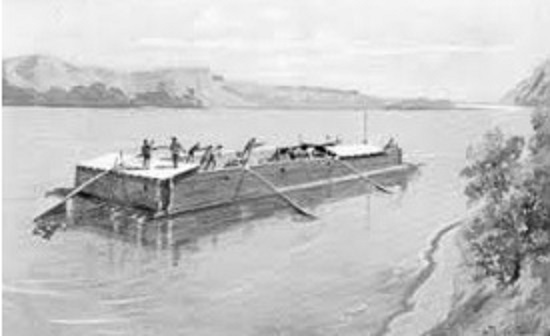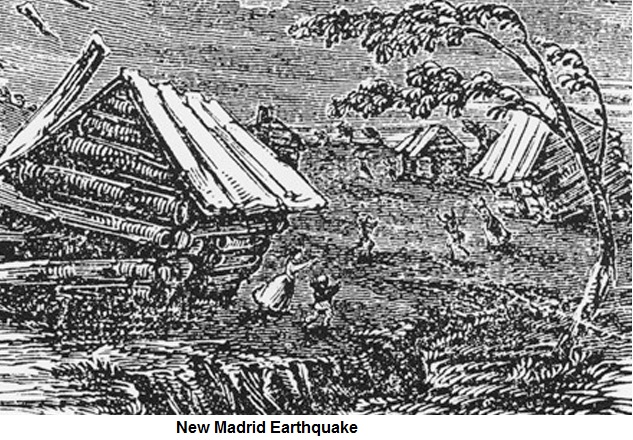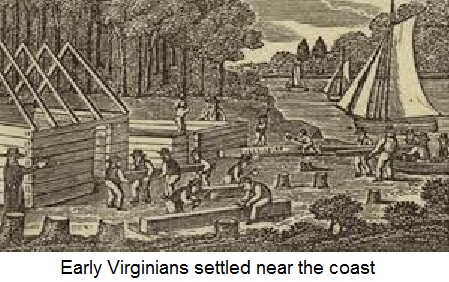James Enoch Riley Duncan (1835-1864) and Albert Pierce Mitchell (1844-?)
Their options were simple: surrender, or die.

Tuesday morning dawned foggy and cool on Lookout Mountain. Soldiers Riley Duncan and his young brother-in-law Pierce Mitchell awoke with empty stomachs and few bullets. Their 30’th Mississippi Regiment, like most of the Confederate Army, had no medicine, ragged clothing, little ammunition and, if viewed realistically, no hope. Privates like Riley and Pierce wore old farm clothes, not uniforms, which, after months of fighting, were thin and torn. Yet they fought on.

The 600 Mississippi troops deployed themselves along small piles of rocks (see photo) which wound across the mountain slope. The rocks provided little cover. The troops’ task was enormous and also desperate: the 600 ragged soldiers were to defend the western side of Lookout Mountain against 2,200 well-armed Union infantry. The terrain worked against the Rebels – the trees and smoke of battle obscured their view of the advancing Yankees while the cliff behind them offered no chance of retreat.
The superior Union forces surrounded the 30’th and began their death squeeze of the Rebels, firing from three sides. The farmers-turned-soldiers of the 30’th began dying one by one.
Twenty-eight year old Riley thought of his 26 year-old wife Lucy and their four young (5,3,1 and 9 days) children at their small family farm in Attala County, Mississippi. Pierce, 18, remembered his brother Whitman, struck and killed by a cannonball as he came to help a badly-wounded Pierce in a battle a year earlier. Riley and Pierce saw their dwindling options clearly and made their choice. They chose life.
They raised their arms, as did most of their unit, and surrendered to the Yankees.
The two hungry, thinly-clothed Mississippians joined other POWs in the march to the Chattanooga railroad yard. A Northern newspaper reporter later observed that the 30’th Mississippi soldiers were so thin that “it took two side by side to cast a shadow”. In Chattanooga, the POWs were locked into freight boxcars for the long trip northward. A week later they arrived at an unfinished POW camp in Illinois and stepped into a place as hellish as battle.

Neither North nor South was equipped to handle large numbers of POWs. A prisoner exchange program had collapsed, leaving both sides struggling with how to handle thousands of captives. There were much higher priorities than POWs and, in the case of the South, resources were scarce. Fifteen percent of soldiers died in combat. Fifteen percent of POWs died in POW camps.
Riley, Pierce and their fellow Mississippians arrived at Rock Island, Illinois and were marched in the subzero cold into a partially-completed POW camp. The camp lacked blankets, bedding (i.e., straw) and proper food. There was no infirmary and no way to treat or isolate sick POWs. The combination of unpreparedness, incompetence, disease and malnutrition would kill 2,000 Rock Island POWs over the next two years.
Pierce wrote a letter to relatives in New York, a simple request for clothing to help him survive the cold. The response from the relatives was unsympathetic and reflected the tensions between the North and South. We do not know if Pierce ever received family help.
The barracks had been built from green wood which shrank as it dried, opening cracks through which cold air entered. There were two stoves to warm a hundred poorly-clothed men – coats and blankets were non-existent. Frostbite inside the barracks that first winter became common and several soldiers froze to death.
The cold was just part of the hell of Rock Island. Smallpox began to spread through the camp, accompanied by pneumonia and dysentery. Sick prisoners received no treatment as there were but two doctor for 5,000 POWs in the early months of the prison. POWs with the contagious diseases were left in the barracks rather than being isolated, further spreading disease. Sanitation that winter was non-existent.

In his first two months at Rock Island Riley came down with dysentery. Without treatment and left in the cold, without medical care or blankets and surrounded by smallpox, Riley lost his fight for life. He left his young wife and four very young children behind in his native Mississippi. Riley was one of 350 prisoner deaths that February.
His youngest child, Albert Duncan, was born after Riley left for the war – neither father nor son ever saw one another. Riley had chosen life in the Battle of Lookout Mountain only to die in a POW camp.
He was buried at Rock Island, far from his native Mississippi and family but in the company of 2000 fellow southerners.

Pierce lived through the Rock Island nightmare and, two years later, returned to Mississippi. His civilian life was not stable, however, with his marriage ending in a then-rare divorce. His post-divorce life is shrouded in mystery. Even his year of death and burial site are unknown.
Riley’s wife Lucy remarried. She and her new husband, Thomas Gallaway, lived on to raise ten children (including those of Riley Duncan), descendants of whom live from coast to coast.

Further Reading:
Rebels at Rock Island: the Story of a Civil War Prison

























